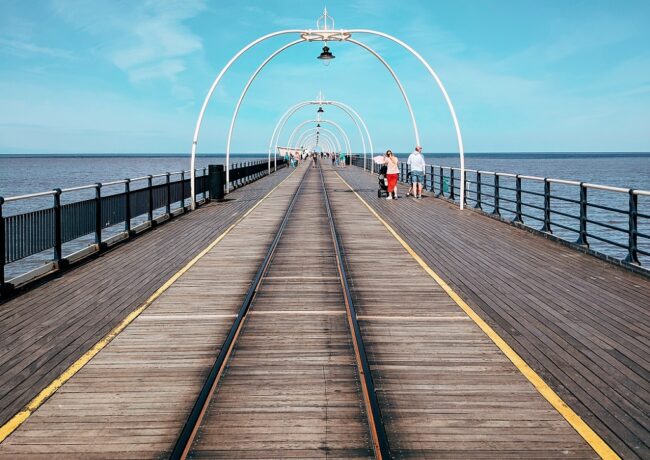Half of NW electricity ‘could come from Irish Sea barrages’
Building estuary barrages in the North West could provide more than 5% of the UK's or half of the region's electricity, according to research by Liverpool University engineers.
The researchers, working in collaboration with Proudman Oceanographic Laboratory, examined ways to generate electricity from tidal sources of renewable energy in the Eastern Irish Sea. The study examined the case for four estuary barrages, across the Solway Firth, Morecambe Bay and the Mersey and Dee estuaries.
The study was funded by the North West Development Agency via the Joule Centre, a collaboration initiative between the region's universities and energy organisations.
Joe Flanagan, head of energy and environmental technologies at the NWDA, said the region could be the first in the country to build a major tidal energy project and he expected "more detailed feasibility studies of individual schemes will be undertaken in the near future."
The research team investigated different types of tidal power, including barrages – which run from one bank of an estuary to another and guide water flow through sluices and turbines – using computer modelling. They found that the most effective mode of generating electricity was 'ebb generation', which involves collecting water as the tide comes in and releasing the water back through turbines once the tide has gone out.
The barrages would provide substantial sea defence, as well as flood alleviation, by draining the estuary following heavy rainstorms. Electricity generation could also help to achieve the UK's CO2 emission reduction targets.
Prof Richard Burrows, from the maritime environmental and water systems research group, in the university's engineering department, said: "With concerns mounting over the UK's future energy provision it will soon become paramount that all sources of renewable energy are fully developed. Unlike the wind, tides are absolutely predictable. The geographical location of the UK, and the seas that surround it, provide a great platform for marine renewable sources.
"The best places to harness tidal power at meaningful scales are areas with a high tidal range such as estuaries. Tidal barrages would alter the natural motion of an estuary's flow as the sea level changes, usually by holding back the water at high tide and then releasing it when the tide has subsided. This water level difference across the barrage is sufficient to power turbines for up to 11 hours a day, and, in terms of the four North West barrages, the energy extracted could equate to 5% of the UK's electricity generation needs."
See www.liv.ac.uk/engdept/tidalpower for the full report.



